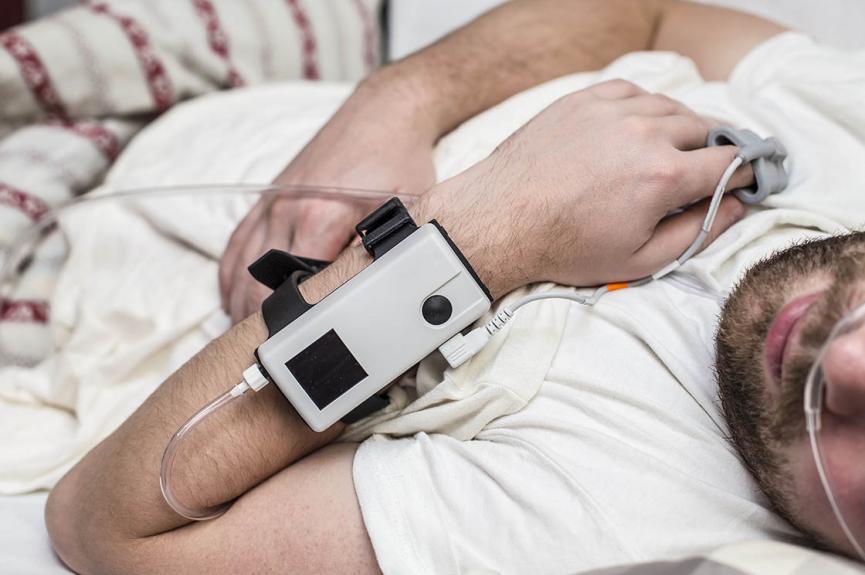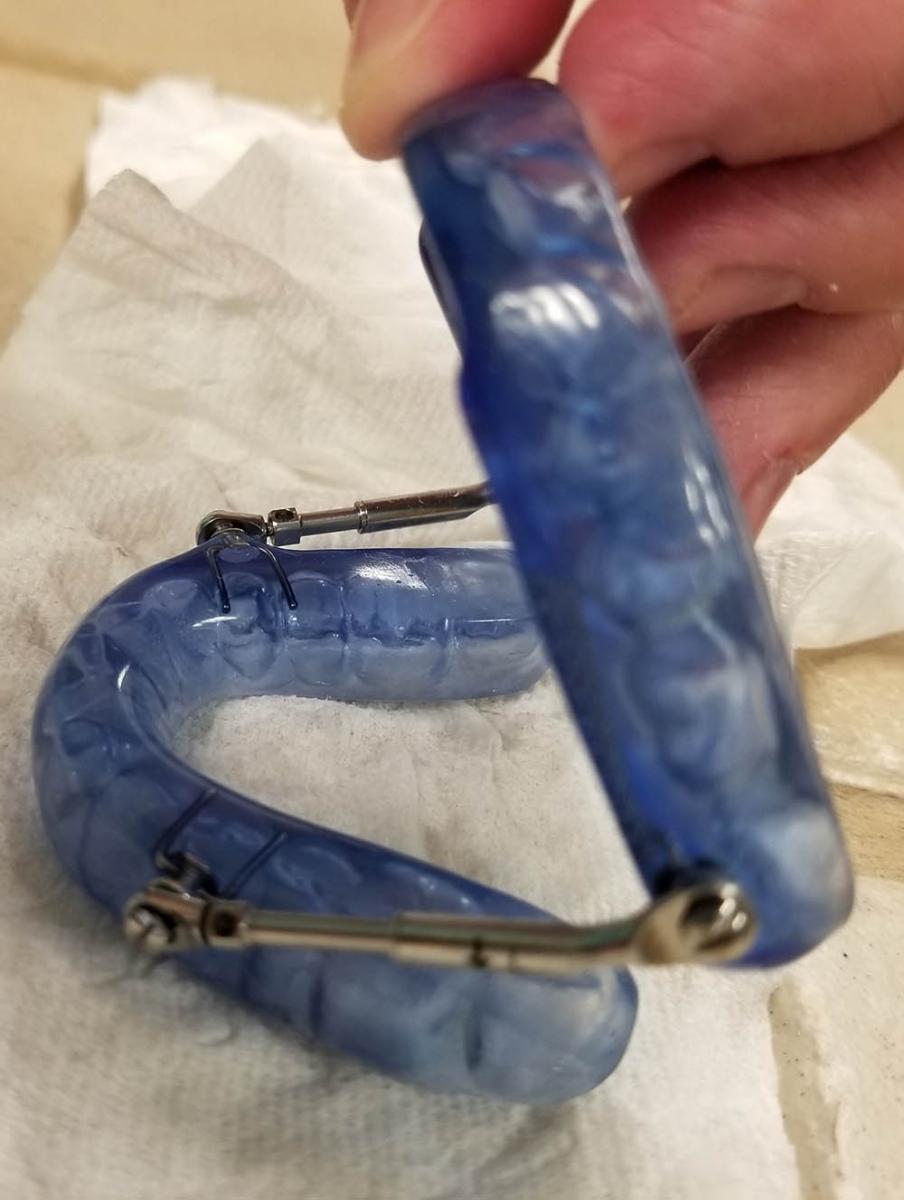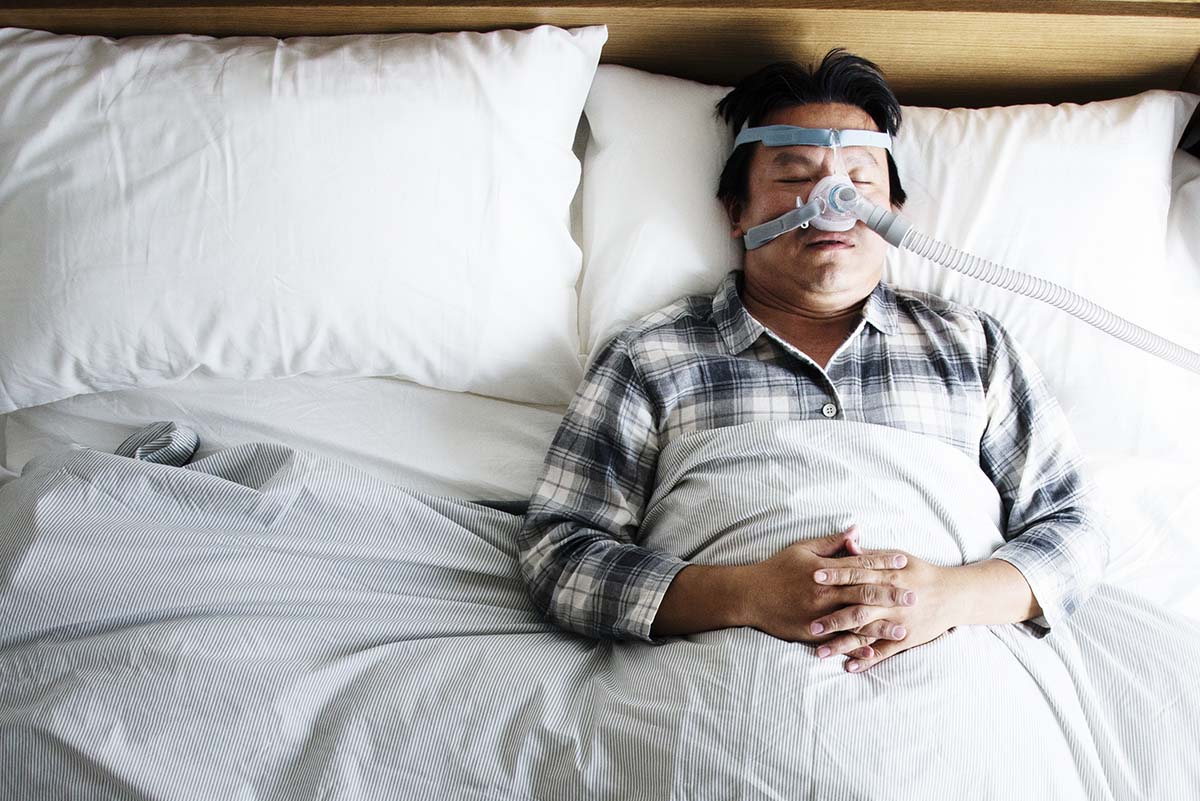
Sleep apnea is more than a nuisance to the person affected and his or her family. It is a sleep disorder that could cause a lot of health issues in the long run other than loud snoring. Some of the adverse effects include stroke, heart attack, arrhythmia, high blood pressure, and even death. Being a serious medical condition, it has to be addressed as soon as it is detected.
For this reason, it is important to review all treatment options with a qualified doctor like a sleep physician and get the cure. Below is more information about the different dental appliances for sleep apnea that modern dental sleep medicine offers to patients these days. If you want to find more about them, continue to scroll down the paragraphs.
What is an Oral Dental Appliance for Sleep Apnea?
This is a term for a handful of custom-made appliances that help with chronic conditions like sleep apnea. They work in various ways but the goal is always to keep the upper airways open and unobstructed during sleep, which also has the benefit of snoring prevention. It is used until the sleep-disordered breathing goes away.
Sleep apnea symptoms can be successfully managed with this kind of therapy. It not only improves breathing at night but also helps with daytime sleepiness 1 that many patients struggle with. In turn, this boosts the quality of life and overall health. Like everything else, scientists have to do sleep studies every few years to ensure that the existing oral appliances are still an effective treatment.
Types of Mouth Devices for Sleep Apnea
As implied above, there are different types of dental appliances but for the most part, three main categories can be sifted through.
CPAP (Continuous Positive Airway Pressure)

Without a doubt, this is the most widespread form of therapy for both moderate as well as more severe sleep apnea 2 3. It is a specialised portable machine that provides respiratory ventilation. A variation of positive airway pressure (PAP), it’s basically a mask that you put on your face, over the nose, which provides pressurised air during sleep and helps with breathing problems. The majority of folks are not fond of the idea of sleeping with a huge device wrapped around their faces. Truth be told, it’s not comfortable and - to some - it can even be a scary experience. For those reasons continued usage of CPAP devices and user compliance is rather low 4, despite the benefits. However, it has a lot of benefits that can improve one’s life and these should be explored.
CPAP is more suitable for people with moderate to severe sleep apnea but if they cannot tolerate the machine for some reason, they can still try the other treatments available. A great way to start is to give it a go for short periods of time while you are still awake (e.g. while watching TV). Also, this is the ideal form of treatment for patients with obstructive sleep apnea syndrome (OSAS). In fact, it is regarded as the gold standard treatment for sleep apnea.
Now, there are times when the CPAP therapy can be paired with an oral appliance for better results. It makes breathing easier by decreasing air pressure. The cost of CPAP machines in Singapore ranges between $500 and $1000 but it is not uncommon to reach more than that, depending on the machine and brand itself.
Mandibular Advancement Devices (MAD)

Oral devices like MAD help to maintain the position of the lower (mandible) in a forward position in a way that does not obstruct airflow. By eliminating the restriction that the tongue can pose at the back of the throat, you can increase the size of the upper airway and prevent snoring and breathing problems during sleep.
The American Academy of Sleep Medicine has updated its practice parameters to include oral appliances of this kind for mild to moderate cases for people who refuse to do CPAP. Also called mandibular repositioning appliances (MRA) or mandibular advancement splints (MAS), they fit just like retainers or sports mouth guards. Mandibular advancement devices cost between $650 and $1500 in Singapore. They are divided into three types.
Boil and Bite MADs are available at pharmacies and are a one-size-fits-all type of sleep apnea appliances. The way they fit each individual user is by using hot water to soften the material (silicone or resin) and placing it in the mouth, then squeezing the jaws to get a good fit.
Then there are the semi-custom types that work by creating a personalised mould which is sent to the lab to fabricate the device. And finally, custom dental MADs are specially made by dentists, physicians, or other specialists for sleep apnea patients. These are the best types since they offer a flawless fit and are designed with the individual’s specifications in mind.
As you can imagine, the price varies greatly from type to type, the custom-made MADs being the most expensive. They also take more time to manufacture and several visits to a specialist. On the other hand, Boil and Bite MADs can be obtained at any time and made to fit in just one day in the comfort of your own home, no special adjustments or appointments needed. However, the fact that they are not professionally fitted means that the results may be unsatisfactory.
A MAD is a great alternative treatment of sleep apnea for those who are reluctant to try CPAP and is suitable for people with mild to moderate sleep apnea, back sleepers especially. If surgery is contraindicated because you have certain medical conditions, oral appliances are the way to go.
Tongue-retaining Devices (TRD)
The tongue guard also referred to as TSD is a mouthpiece that keeps the tongue from shifting backwards in the airway during sleep. There is no restriction on the jaw itself like what MADs do. Instead, this dental device holds the tongue. This option is not as comfortable wearing as the other types but at least it offers fewer complications. There possibly will be some mouth dryness and other discomfort but tooth movement is not as likely to happen as it is with the other mouthpieces. Tongue-retaining devices are more affordable than the other options - their prices range between $2 and $25 per piece.
Pros of Oral Appliance Therapy for Obstructive Sleep Apnea
- A perfect option for people who are not into CPAP
- It is easy to wear and portable which makes it so convenient
- The dental appliances are quiet
- These treatment options can improve daytime sleepiness alongside one’s sleep quality and overall quality of life outcomes
- Oral appliances can improve cardiovascular health, research shows
- Compared to sleep apnea surgery, oral appliances do pretty well on the AHI factor, keeping it lower than what it is after surgery. Clinical trials and a 4-year follow-up are suggestive of this.
Cons of Oral Appliance Treatment
- If not fitted properly, they can cause tooth movement over time and some discomfort, which may affect oral health.
- Long-term treatment with these devices may lead to dental changes such as decreased overbite and proclination of the lower incisors in relation to the upper incisors and upper teeth as a whole. This will largely depend on the oral health initial type of bite, degree of mandibular advancement, and superior adherence to the treatment.
- Side effects include tooth pain, mouth dryness, excessive salivation 5, and TMJ pain.
- Higher nasal resistance turns out to be a major route for treatment failure
What Happens After OSA is Treated with a CPAP?

Here is the thing. The treatment time is not defined. CPAP by no means cures sleep apnea. You have to use it for the rest of your life if you want to get restful sleep and enjoy a healthier self. Long-term follow-up has shown significant improvement in symptoms. Now, if you have episodes of remission, you can stop resorting to therapy for the time being until the symptoms return.
Key Facts about Oral Device Appliances for Sleep Apnea
- With oral appliance treatment, patient adherence is what determines the treatment success and health outcome, respectively. Compliance may also be compromised due to nasal obstruction (or nasal congestion)
- If you choose to go with a special device for sleep apnea, keep in mind that it will need replacement 2-3 years for custom-made devices and every year for Boil and Bite appliances. In most cases, a doctor can suggest a proper timeframe.
- Weight gain during the therapy appears to be linked to treatment failure
- When compared, both oral devices and CPAP can improve subjective sleepiness
- The type of sleep apnea treatment options, as well as the appropriate settings per individual, have to be run by a sleep specialist.
- Crossover trials have shown that the way patients respond to oral appliances is critical and might as well be a predictor of success for sleep apnea surgery.
- Based on a 2-year follow-up, there is no big difference between the effectiveness of CPAP and oral appliances, which means that the latter are a great option after all; another thing worth pointing out is that both treatments help to boost health perceptions, functional outcomes, and subjective sleepiness
- There is a better treatment response to dental appliances when the patient is young and has a lower BMI
- One of the earliest indicators of airway restriction in mild cases of obstructive sleep apnea may turn out to be sleep bruxism
Getting Dental Devices
The cost of these dental devices runs about $4,000-$6,000 in Singapore. This would be a non-complex case, though. The more advanced your apnea is, the more expensive it gets to manage it. But before you celebrate treatment success, you have to put in some elbow grease. The first step is to find an accredited clinic that offers sleep apnea treatments. Sign up for a consultation and get the facts, get examined, and proceed with the actual therapies.
It goes without saying that dental appliances are the preferred treatment for obstructive sleep apnea as compared to sleep apnea surgery and CPAP. They come with different specifications and variations including fabrication material, amount of vertical opening, and degree of advancement.
Before your treatment begins, a specialist has to examine you and determine the degree and location of upper airway obstruction, among other things. One way they can assess the severity of the disorder is by measuring the amount of hypopneas or apneas you get per hour of sleep. They use the Apnea-Hypopnea Index (AHI) to do the trick. The specialist will likely carry out a quality of life assessment as well and try to predict the therapeutic success.
A rather invasive diagnostic test that can help is drug-induced sleep endoscopy. It examines the structures in the mouth and throat that are responsible for the airway obstruction and can show if the blockage takes place in the tongue or palate areas.
Next up, a dentist has to do bite registrations (impressions of your teeth) to ensure that they get the right fit for you. Then, the materials will have to be manufactured and tailored to your specific measurements. Ensuring that the mouthpieces match your jaw perfectly is essential for a successful treatment.
Of course, you should remember that along with the positive effects, there may be side effects like dry mouth, tooth movement, and jaw pain. Your doctor will explain everything in more detail so that you know what to watch out for. If you leave sleep apnea untreated, there can be unpleasant and even dangerous consequences like heart failure and stroke. So, it’s worth considering one of these devices after all.







